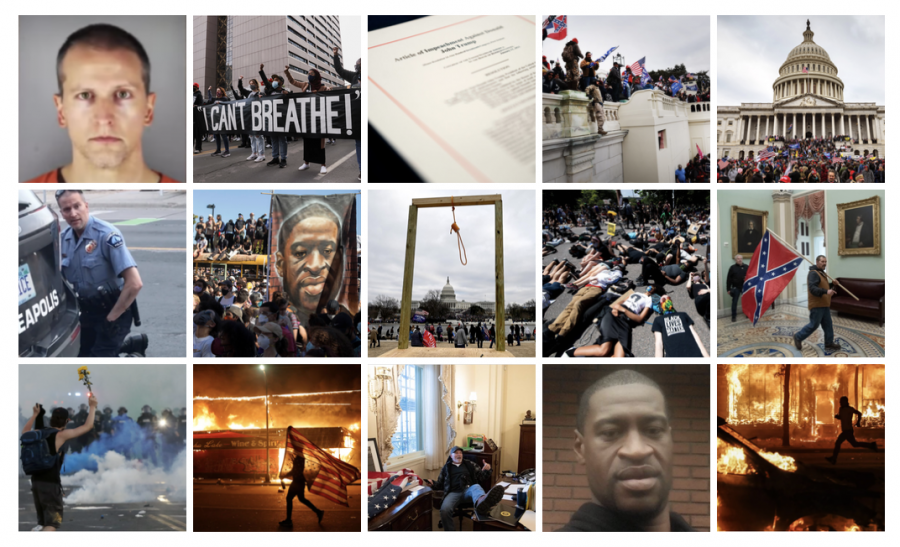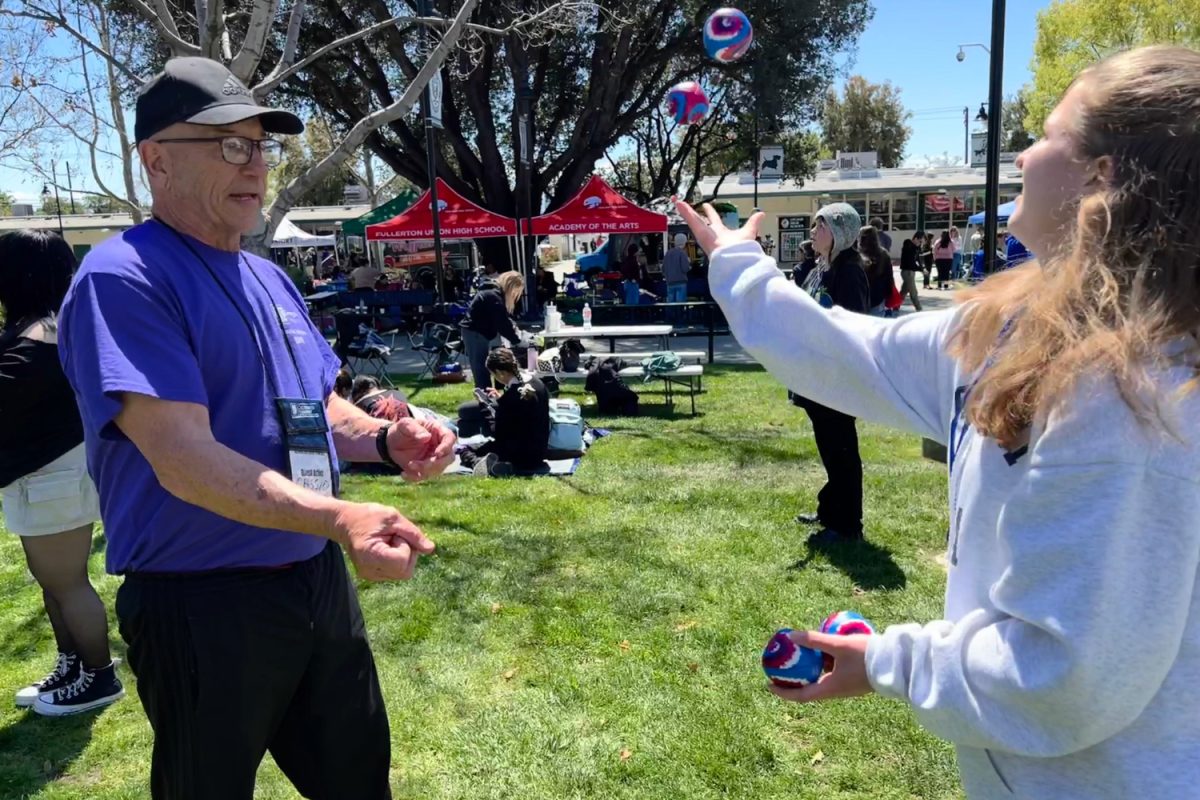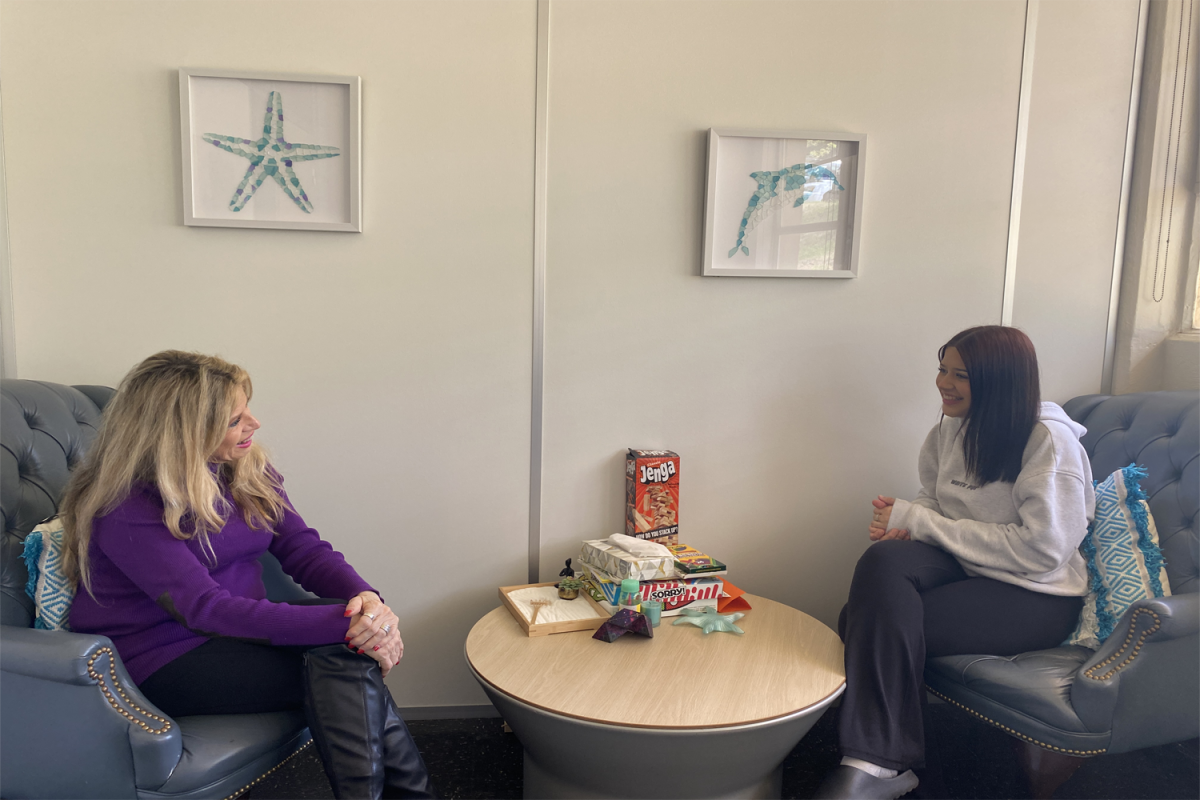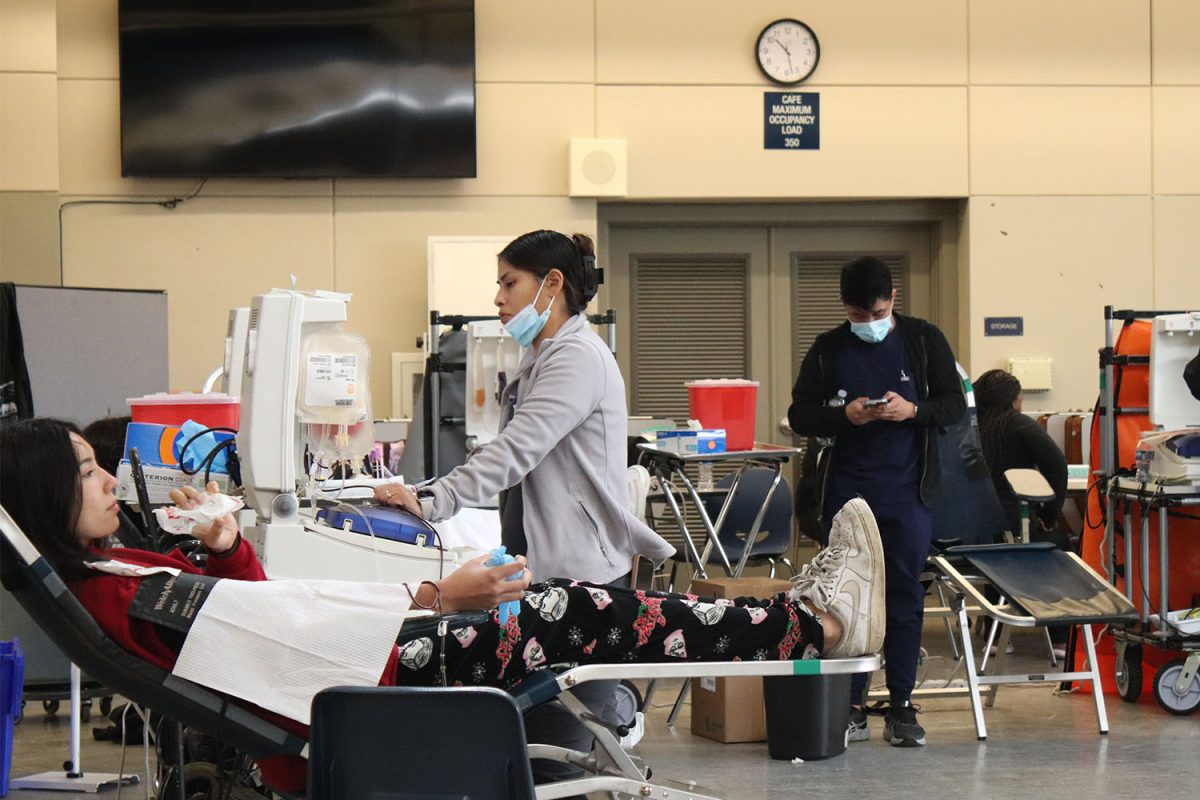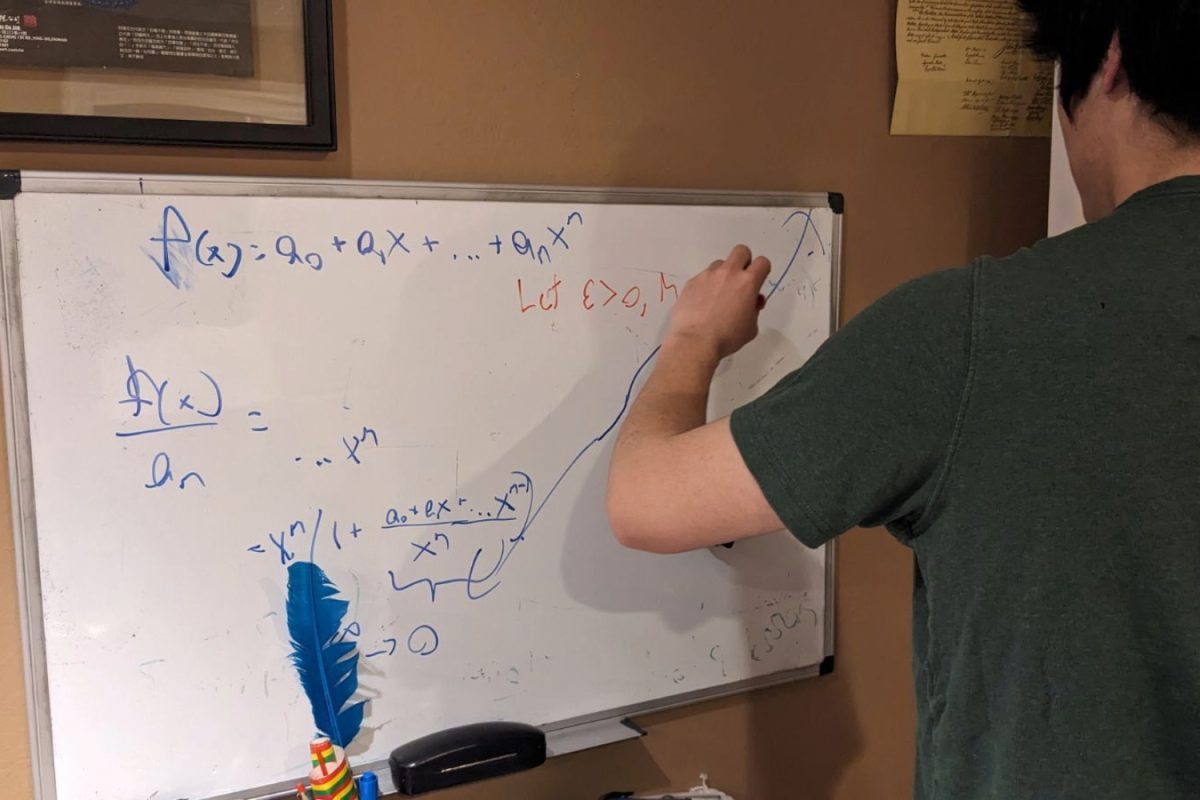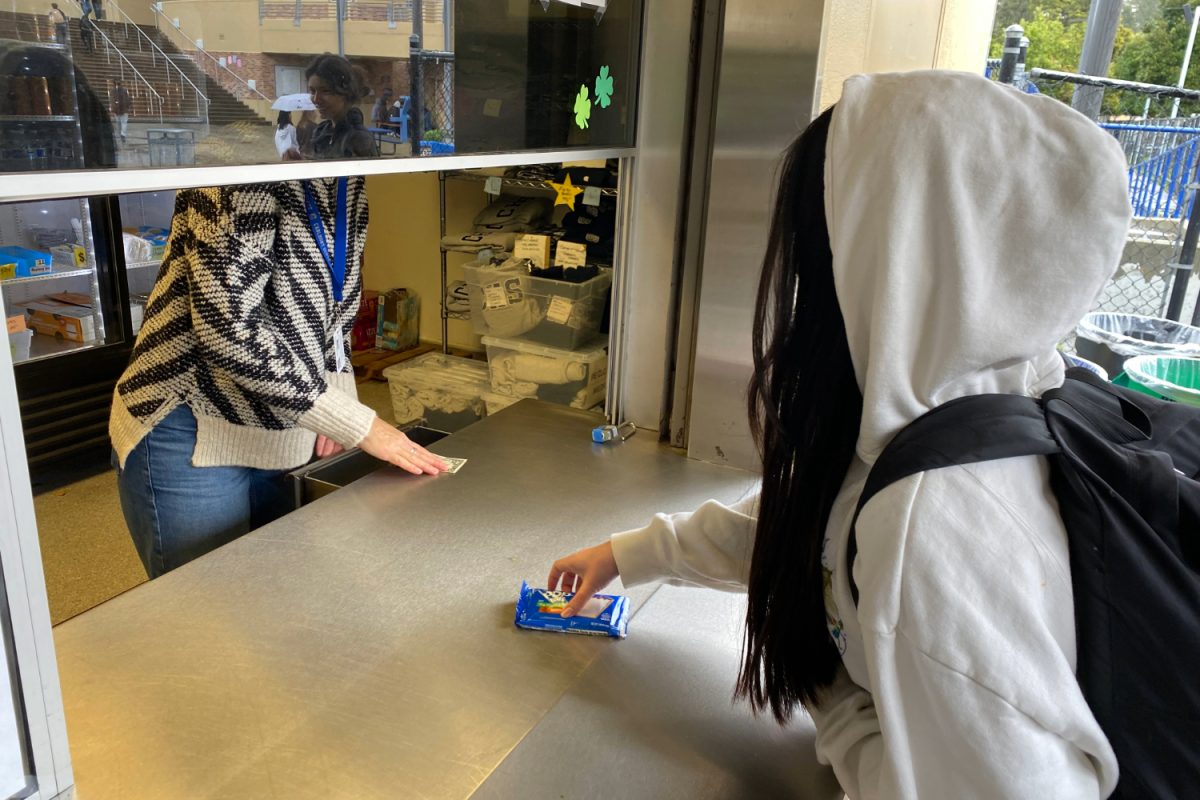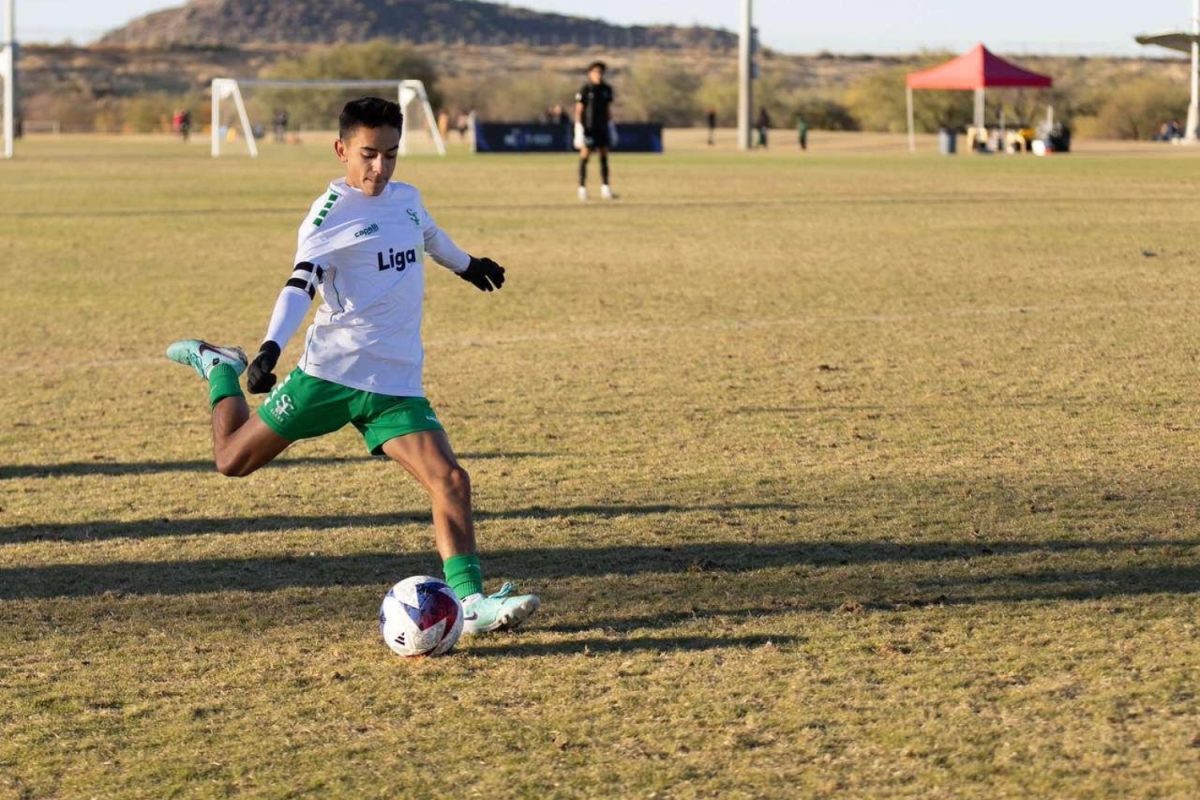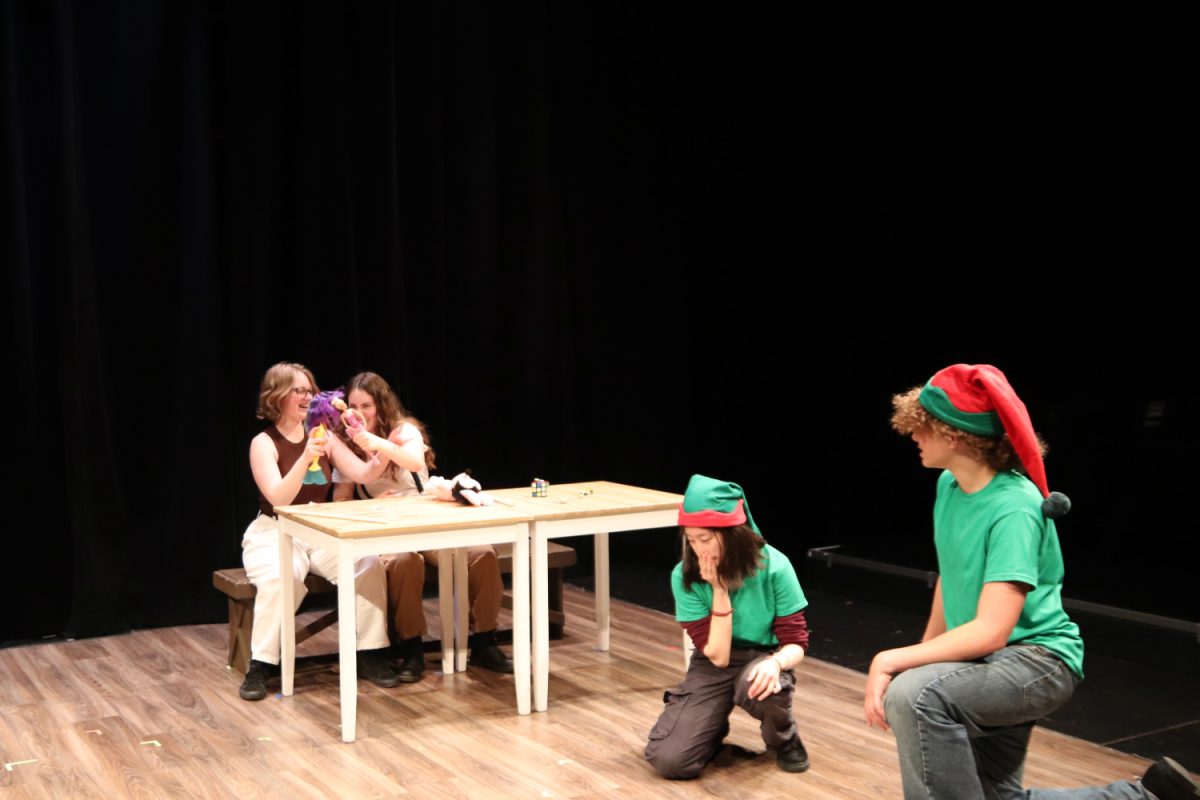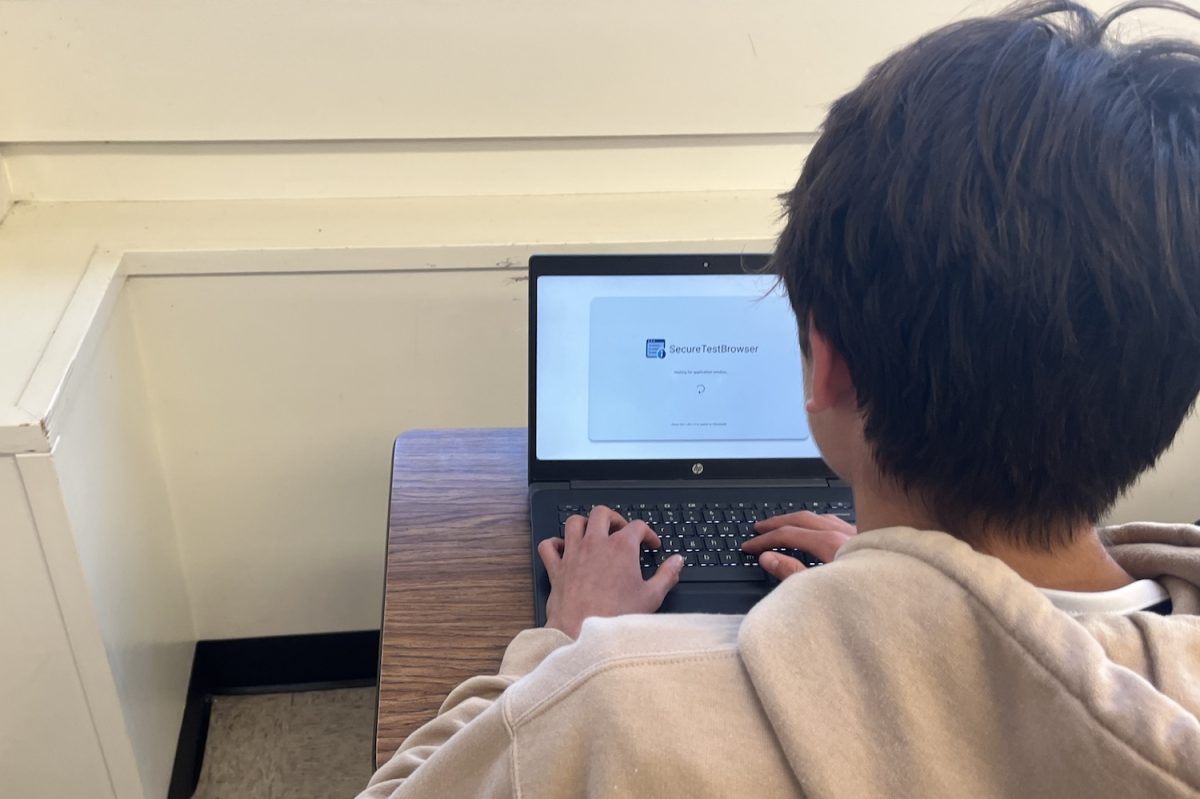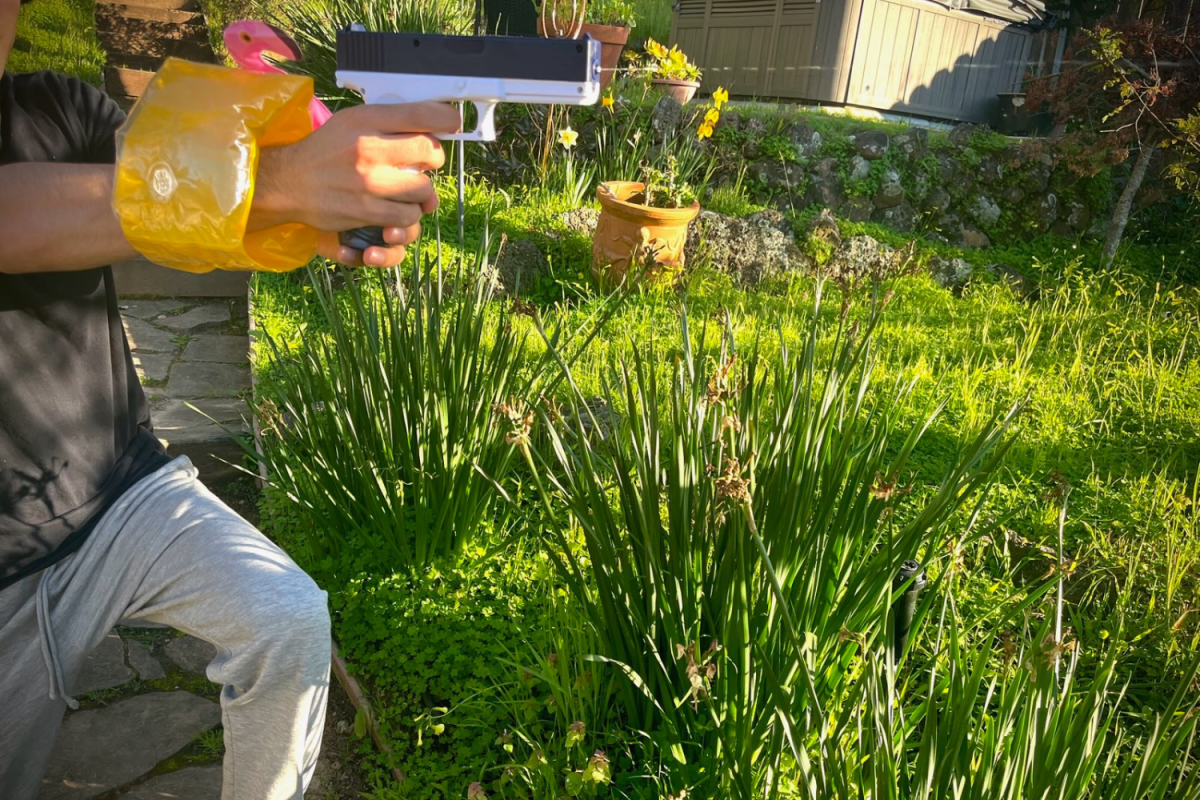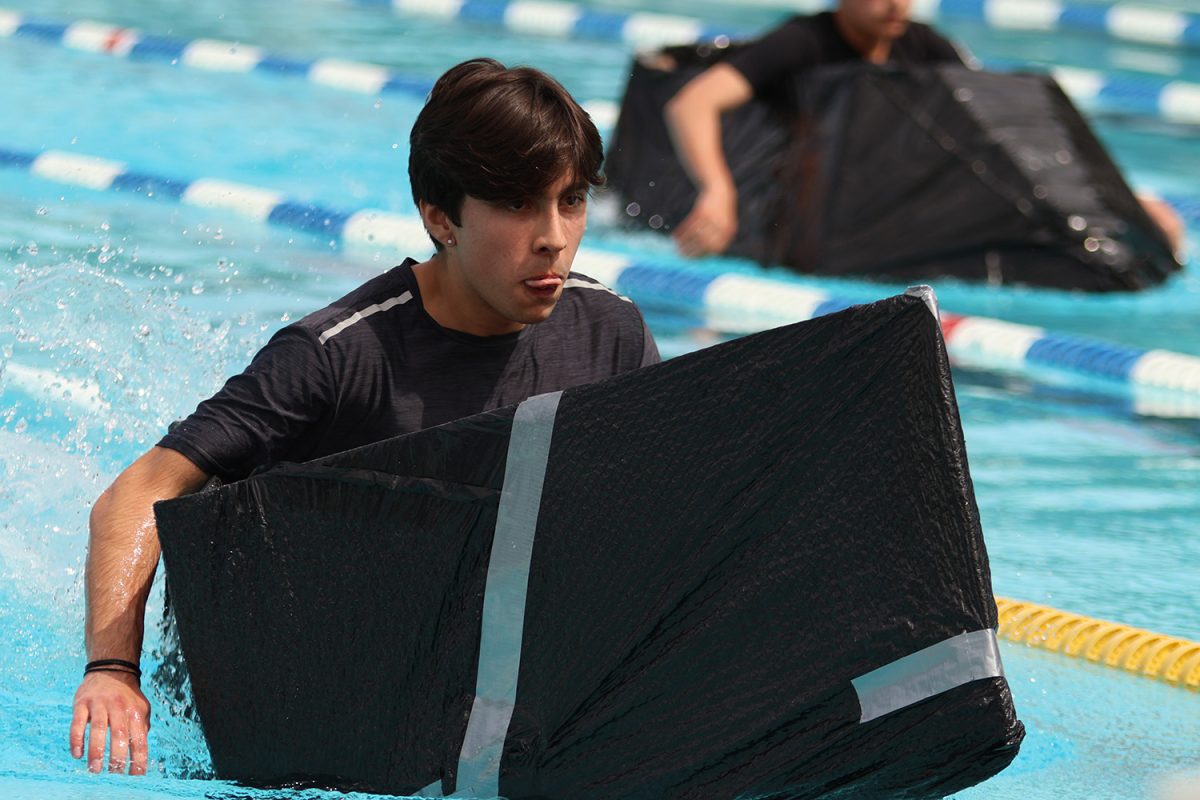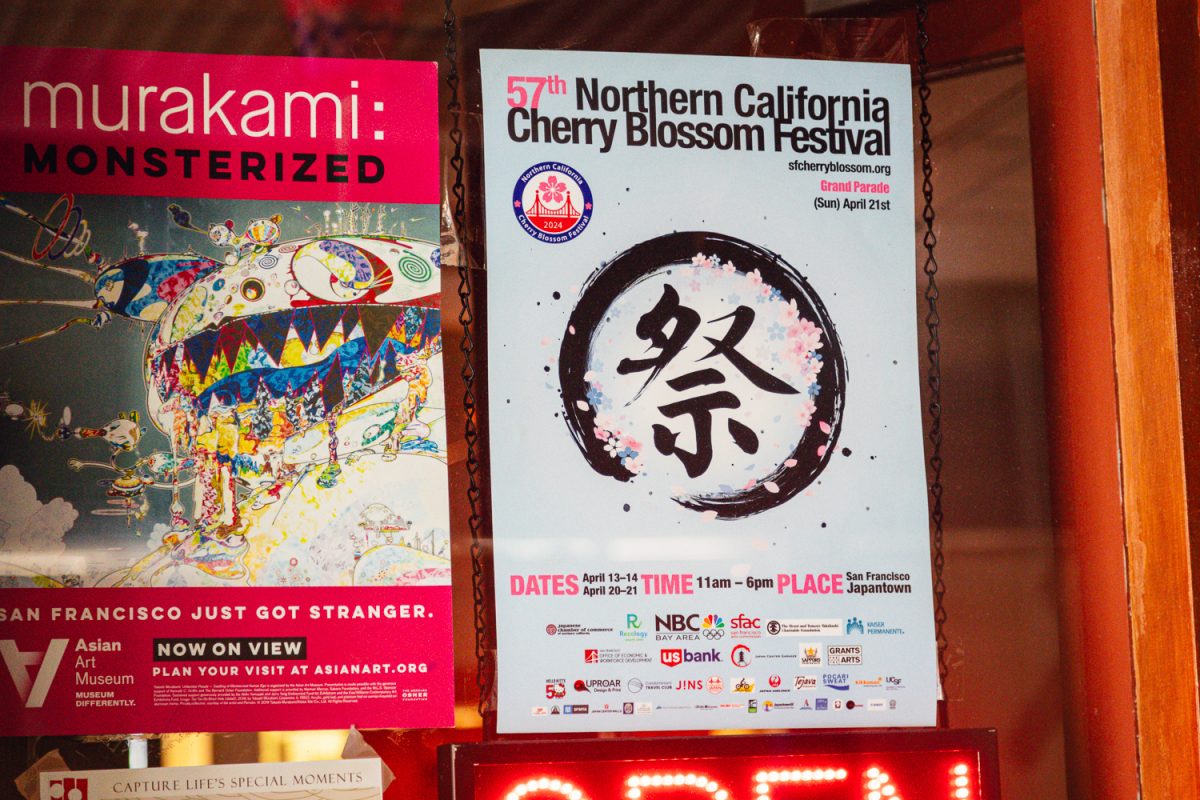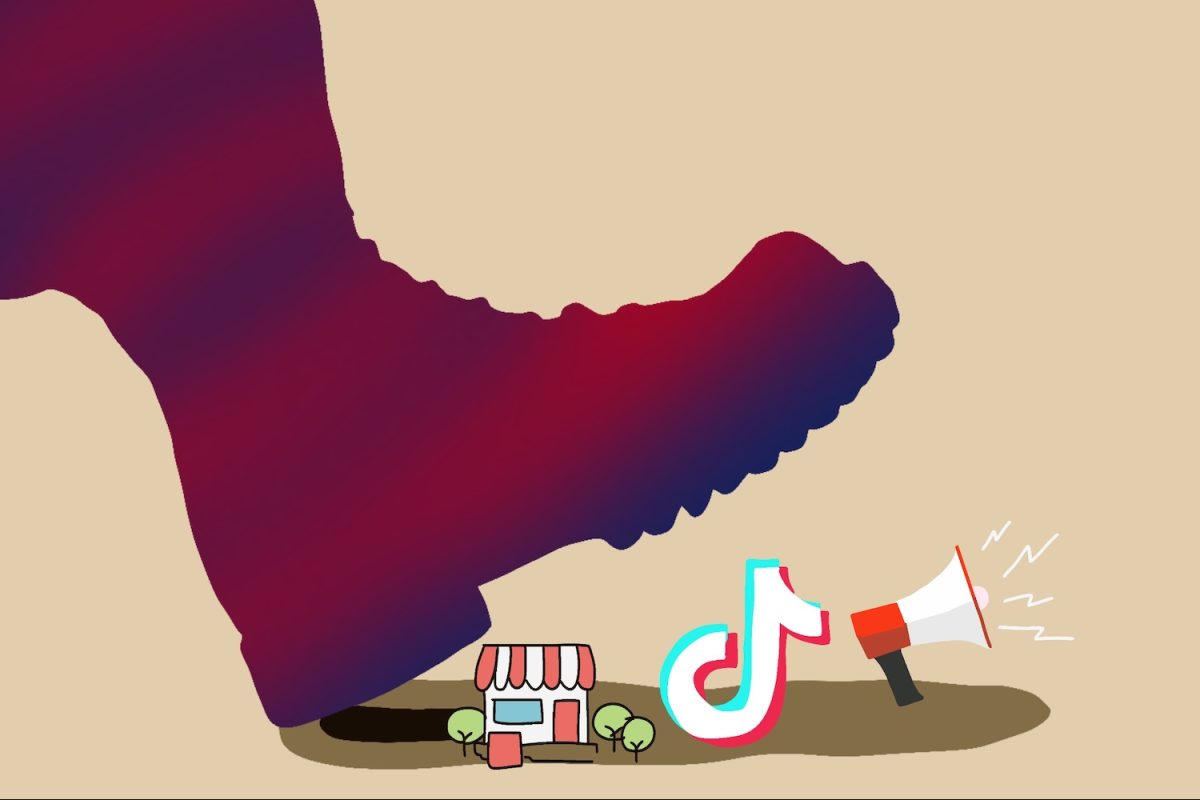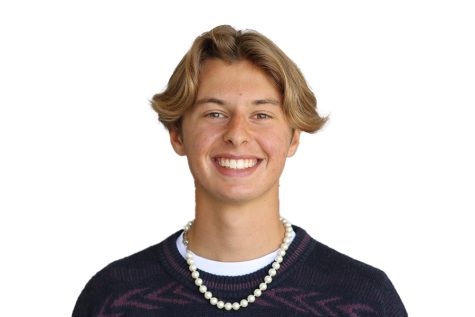It’s been three months since a group of fervent Trump supporters stormed the United States Capitol Building. The mob violently attacked, shattering not only windows but the ideals and beliefs of many American citizens. The event left many fearful for the future of democracy and even the lives of individuals. It wasn’t the only thing.
The incident was only one of the more recent events that have rocked the nation and left many in a state of confusion. The school year has been full of turbulent, controversial occurrences that have shaken the country and left many students scared and confused.
Without the experience and knowledge obtained with time, many students are left overwhelmed and unsure of what they represent. To many kids, these events seem like a blur of chaos, and the only explanation they receive is from their parents, who have been feeding them information from their own personal biases for their lifetime.
The natural place for them to receive information, then, would be at school. Away from their parents, who hold a significant influence over many students’ lives, or maybe even unaware of the events themselves, school can be a place where many look to gain more understanding.
“Students look to their teachers when they have questions and when there’s uncertainty. Not everybody has this course at home on these topics, and I think that they look to their teachers when they have questions now,” said Ralph Crame, the principal at Carlmont High School.
Teachers, however, are struggling to find the balance between informing their students on these topics and not wanting to push their own political ideas, which can be seen as unprofessional and out of place in a classroom.
Some teachers have tried to combat this issue by making their biases clear before discussing these topics so students know how their personal viewpoints could affect the content. Among these teachers is Erik Migdail, an English teacher at Carlmont High School.
“The way that I have always dealt with this is to be upfront with my students about where I’m coming from and what my background beliefs are, but also to be explicit about how that does not mean I expect them to agree with me. I just want them to know where I’m coming from so they can apply their own filter,” Migdail said.
In addition to teachers’ concerns, some students worry about the lack of civility that can arise when discussing politics.
“I think teachers should mention these topics, but I don’t think that they should force students to voice their opinions in a classroom environment because there are people with different opinions who might start arguments,” said sophomore Nicole Kopelev.
Many teachers chose not to hold open discussions within their classrooms for this very reason, instead opting for simple statements and quickly resuming their normal curriculum.
Students generally appreciate the discussions and opportunities to learn about current events within their classrooms. But some question whether these discussions should be more subject-specific or if all teachers should mention historical events.
“I would definitely talk about it, but it depends on what subject. I think in a math class, it’s kind of weird to talk about historical events, whereas in history or English, I think it’s appropriate to talk about,” said Cameron Blucher, a senior.
Crame, however, was fine with allowing teachers to bring up current historical events to their students.
I just want them to know where I’m coming from so they can apply their own filter. — Erik Migdail
“We have a staff that is really conscious about that as well, and it’s not just the social studies teachers that want to make sure students have accurate facts and information and want to be there to support students in these times,” Crame said. “There’s less of that type of discussion on a regular basis in math and certain subjects, but I’m still okay with any teachers giving students the space to talk to give space to express their feelings.”
The opportunity for students to get unbiased opinions can be invaluable, regardless of what teachers are giving them the information. Especially with the increasing prominence of social media, impressionable youths are exposed to misleading or biased sources every day.
“Most students spend a lot our their time on social media, so I feel like that’s where we get most of our information from, but it can be really biased depending on what accounts and people you follow,” Kopelev said.
While much of the unrest has slowed down since the 2020 election, there are still major events going on throughout the United States. The trial for Derek Chauvin is in progress, and the result may bring more chaos and turmoil depending on the outcome. And when that finishes, there will be others that follow.
Teachers will continue to teach, and events will continue to shake the world. Though they will continue to struggle to balance their personal biases amidst major events, teachers and the classroom can be valuable resources for students to understand and discuss these events.
*Sources for feature photo
“Derek Chauvin by Getty Images from wbls.com/CC”
“George Floyd protest in Grand Army Plaza by Rhododendrites via Wikimedia Commons/CC”
“Articles of Impeachment by Sarah Silbiger via Bloomberg/CC”
“January 6 at the Capitol by Samuel Corum via Getty Images/CC”
“Washington, DC – January 6 by Samuel Corum via Getty Images/CC”
“Derek Chauvin seen with his knee on the neck of George Floyd by Niamh Cavanagh via Wikimedia Commons/CC”
“Protest against police violence by Fibonacci Blue via Wikimedia Commons/CC”
“Noose on makeshift gallows in Washington, DC by Andrew Caballero-Reynolds via Getty Images/CC”
“Des Moines protests George Floyd murder by Phil Roeder via flikr.com/CC”
“Confederate flag inside Capitol Building by Fibonacci Blue via Wikimedia Commons/CC”
“George Floyd protestor stands before police tear gas by RJA1988 via pixabay.com/CC”
“George Floyd riot by Stephen Hogan via flikr.com/CC”
“George Floyd by Prachatai via flikr.com/CC”
“Minneapolis on fire by Chad Davis via flikr.com/CC”


